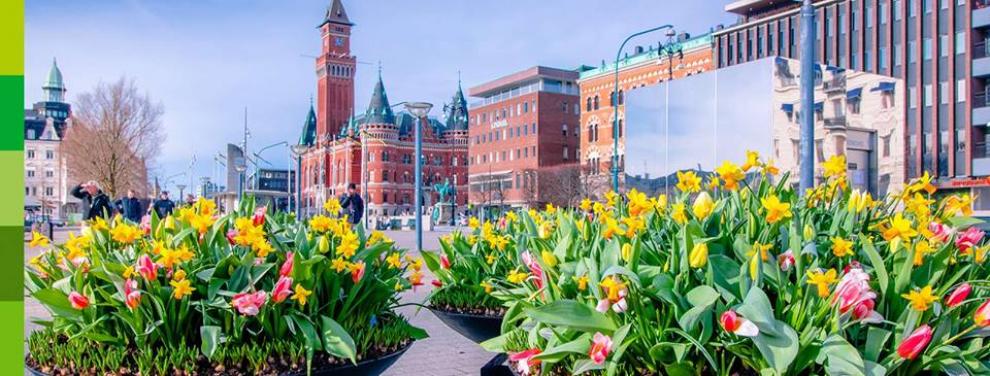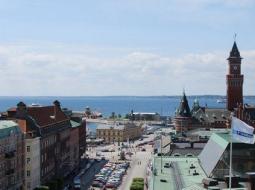Thessaloniki gets ready for its metro launch in November
The underground rapid transit lines have been under construction for almost two decades due to various project delays
 TheMayor.EU logo
TheMayor.EU logo 
Helsingborg is one of the oldest cities of present-day Sweden as the first recorded permanent settlement there dates to 21 May 1085. Helsingborg occupies the narrowest part of Øresund strait and its geographical position made it of vital importance for Denmark, which controlled both sides of that passage.
Denmark had to relinquish all of its possessions on the southern Scandinavian peninsula after the Dano-Swedish War (1657-1658) and the Treaty of Roskilde, so Helsingborg became part of Sweden. Denmark recaptured Scania, the southernmost province of Sweden twice, but its rule was short-lived. The last Danish attempt was in 1710, when a 14,000-strong invading army waged the Battle of Helsingborg just outside the city on the 28th of February. The city suffered heavy damage and needed a long time to recover.
Helsingborg was one of the fastest growing cities of Sweden starting from the mid-19th century, its population increasing from 4,000 in 1850 to 56,000 in 1930 due to rapid industrialization. In World War II, Helsingborg became instrumental in the rescue of Denmark's Jewish population during the Holocaust.
Helsingborg is one of Sweden’s fastest growing cities. With 145 000 inhabitants the population has increased by 30% since 1985. Helsingborg is a mid-sized city in the south of Sweden, across the bay from Copenhagen. The geographical location in the middle of Greater Copenhagen and Northern Europe as well as having the second largest container port in Sweden makes Helsingborg a central hub, which attracts businesses. One example is the thriving e-commerce with the first e-commerce incubator in Sweden.
Important sectors are logistics, tech, tourism and trade. With the presence of many national and international companies the demand for education is high. Lund University is ranked one of the top 100 in the world and has a Campus in Helsingborg with more than 4000 students. The emphasis lies on education in strategic communication, service management, and engineering. Campus Helsingborg also offers degrees in sociology and fashion studies.
In order to become a smarter city and more sustainable city, innovation is a key. Helsingborg is a world leader in industrial symbiosis, has a new circular sewage system with three pipes out of every apartment and the world´s first sun powered car pool. Digitalization is central in the city development, with open data, free Wi-Fi and an IoT city hub.

With its many old buildings, Helsingborg is a scenic coastal city. The buildings are a blend of old-style stone-built churches and a 600-year-old medieval fortress in the city centre, and more modern commercial buildings. The streets vary from wide avenues to small alley-ways. Kullagatan, the main pedestrian shopping street in the city, was the first pedestrian shopping street in Sweden.
Address: Helsingborgs stad, 251 89 Helsingborg